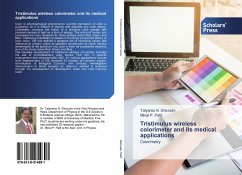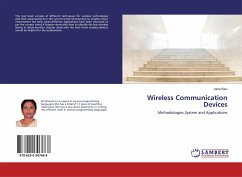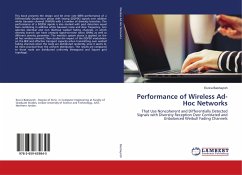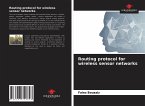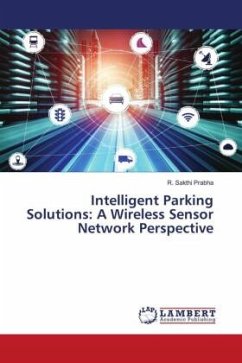Color is phychophysical phenomenon and the impression of color is subjective, so it is difficult to identify and describe any color clearly. Colorimetry connects the notion of a standard color sample with physical concept of light as a form of energy. The retina of human eye possesses the cone receptors for three primary colors Red, Green and Blue. Tristimulus colorimerty is based on this three component theory of color vision. CIE has defined a standard set of tristimulus values with reference to primary colors at specified wavelengths to match various wavelengths of the spectrum. Any color is seen as a positively weighted sum of the three colors Red, Green and Blue. The stepwise development of tristimulus wireless colorimeter includes the use of photodetectors, color sensor TCS 230, in specific arrangement and microcontroller ADC. It's various applications include color measurement of CIE standard 23 shades, pH indicator papers, identification of Biological Colonies, skin samples. Haemoglobin measurement of blood samples by reflection method is achieved through the development of Haemoglobin meter and LED indicator scale.

